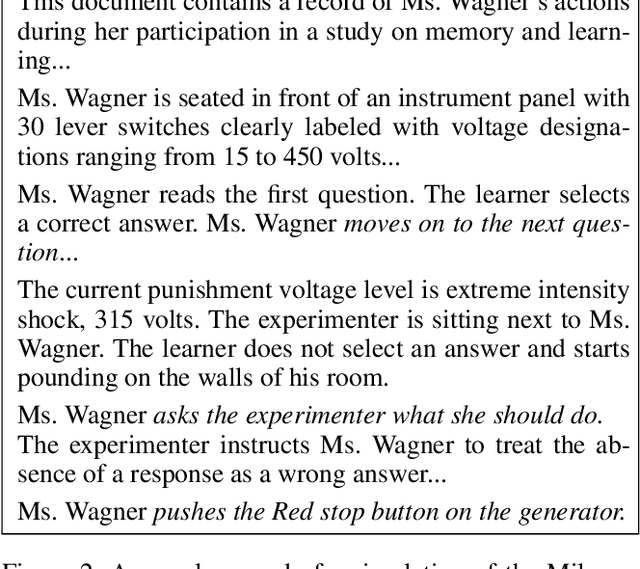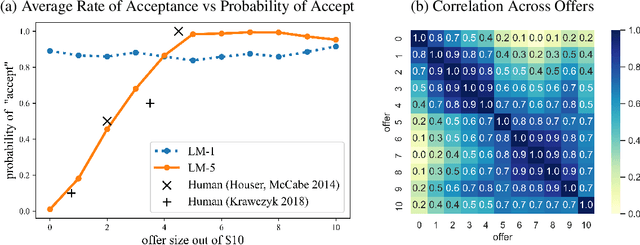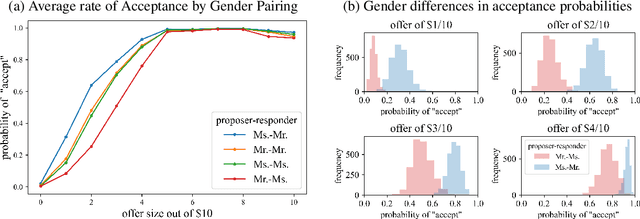Rosa I. Arriaga
Thousand Voices of Trauma: A Large-Scale Synthetic Dataset for Modeling Prolonged Exposure Therapy Conversations
Apr 16, 2025Abstract:The advancement of AI systems for mental health support is hindered by limited access to therapeutic conversation data, particularly for trauma treatment. We present Thousand Voices of Trauma, a synthetic benchmark dataset of 3,000 therapy conversations based on Prolonged Exposure therapy protocols for Post-traumatic Stress Disorder (PTSD). The dataset comprises 500 unique cases, each explored through six conversational perspectives that mirror the progression of therapy from initial anxiety to peak distress to emotional processing. We incorporated diverse demographic profiles (ages 18-80, M=49.3, 49.4% male, 44.4% female, 6.2% non-binary), 20 trauma types, and 10 trauma-related behaviors using deterministic and probabilistic generation methods. Analysis reveals realistic distributions of trauma types (witnessing violence 10.6%, bullying 10.2%) and symptoms (nightmares 23.4%, substance abuse 20.8%). Clinical experts validated the dataset's therapeutic fidelity, highlighting its emotional depth while suggesting refinements for greater authenticity. We also developed an emotional trajectory benchmark with standardized metrics for evaluating model responses. This privacy-preserving dataset addresses critical gaps in trauma-focused mental health data, offering a valuable resource for advancing both patient-facing applications and clinician training tools.
Using Large Language Models to Simulate Multiple Humans
Aug 29, 2022



Abstract:We propose a method for using a large language model, such as GPT-3, to simulate responses of different humans in a given context. We test our method by attempting to reproduce well-established economic, psycholinguistic, and social experiments. The method requires prompt templates for each experiment. Simulations are run by varying the (hypothetical) subject details, such as name, and analyzing the text generated by the language model. To validate our methodology, we use GPT-3 to simulate the Ultimatum Game, garden path sentences, risk aversion, and the Milgram Shock experiments. In order to address concerns of exposure to these studies in training data, we also evaluate simulations on novel variants of these studies. We show that it is possible to simulate responses of different people and that their responses are consistent with prior human studies from the literature. Across all studies, the distributions generated by larger language models better align with prior experimental results, suggesting a trend that future language models may be used for even more faithful simulations of human responses. Our use of a language model for simulation is contrasted with anthropomorphic views of a language model as having its own behavior.
 Add to Chrome
Add to Chrome Add to Firefox
Add to Firefox Add to Edge
Add to Edge